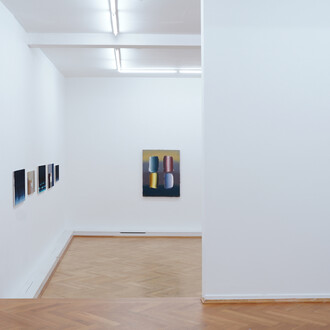Fear as a fundamental emotion is an essential feeling for survival. Like joy, sadness, disgust, surprise, anger and contempt, it is part of our human existence and is a lifelong companion. Everyone knows the feeling: the fear of failure, of losing loved ones, of losing your job and fearing for the future. It can release energy or leave us in a state of shock. Fear knows no social boundaries and affects all social groups. Fear of situations that are threatening or difficult to control, of the power and influence of internet giants, climate change, terror, change, “the stranger” and loneliness influence the way we live together. Under the motto ‘C the unseen’, the European Capital of Culture Chemnitz 2025 will not only focus on the unseen or the overlooked, but also create visions of the future. In order to define such visions, the taboo subjects of fear and loneliness must also be brought into focus and negotiated. How could this be achieved more artfully than with the works of Edvard Munch, the pioneer of modernism, who created landscapes of the soul in his paintings and reminded us to concentrate on the essence – ‘life, love and death’?
The Norwegian painter Edvard Munch was an existentialist. Through his emotionally penetrating paintings, he became a seismograph of an entire era and at the same time re-cast the foundations of art. The young artist first travelled to Germany in 1892, when he was not quite 30 years old, and remained in his chosen country intermittently until 1908. It was here that he created numerous major works, which brought the painter promotion and fame and helped him achieve his international breakthrough.
His patrons also included Herbert Eugen and Johanna Esche, at whose invitation Munch came to Chemnitz in 1905 to paint portraits of the family of the industrialist for their Art Nouveau villa. His art influenced artists from the region such as Karl Schmidt-Rottluff and other members of the Brücke. Two paintings, the Portrait Herbert Esche and View across Chemnitztal, which were created at Villa Esche in Chemnitz, are on loan to the exhibition. And after almost 90 years, the work The human beings. The lonely ones, which was purchased for the Städtische Kunstsammlung Chemnitz in 1928 after several years of endeavour and sold during the National Socialist era, can now be seen in Chemnitz again for the first time as a loan from the USA.












